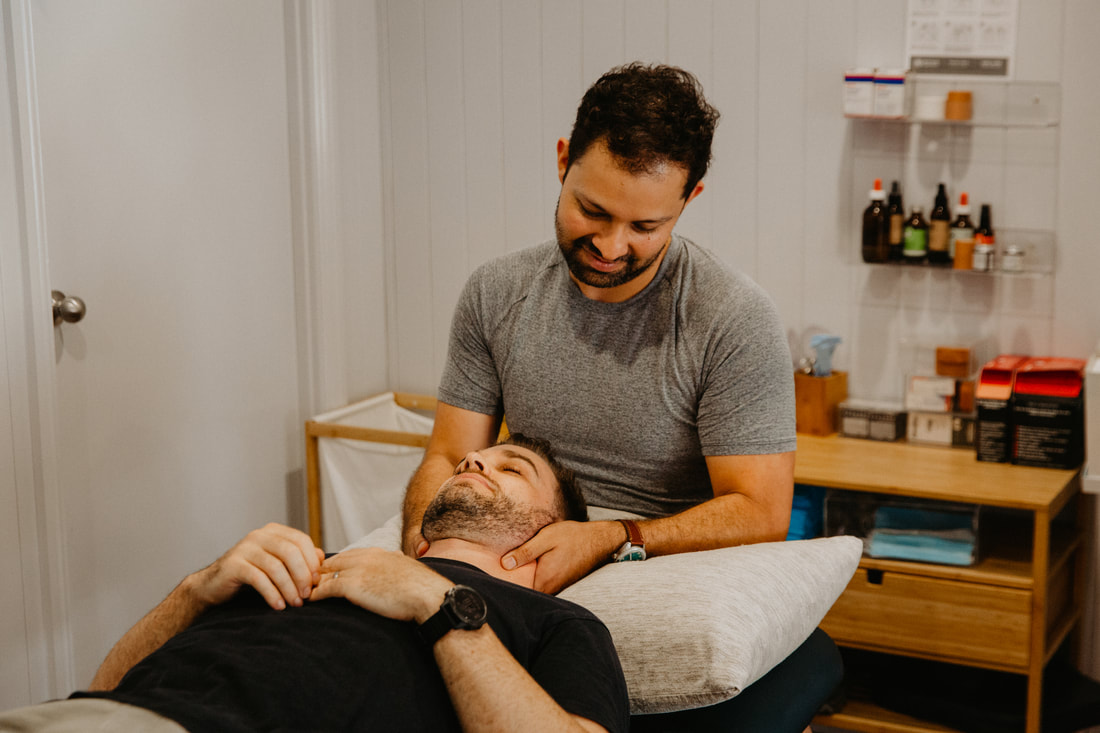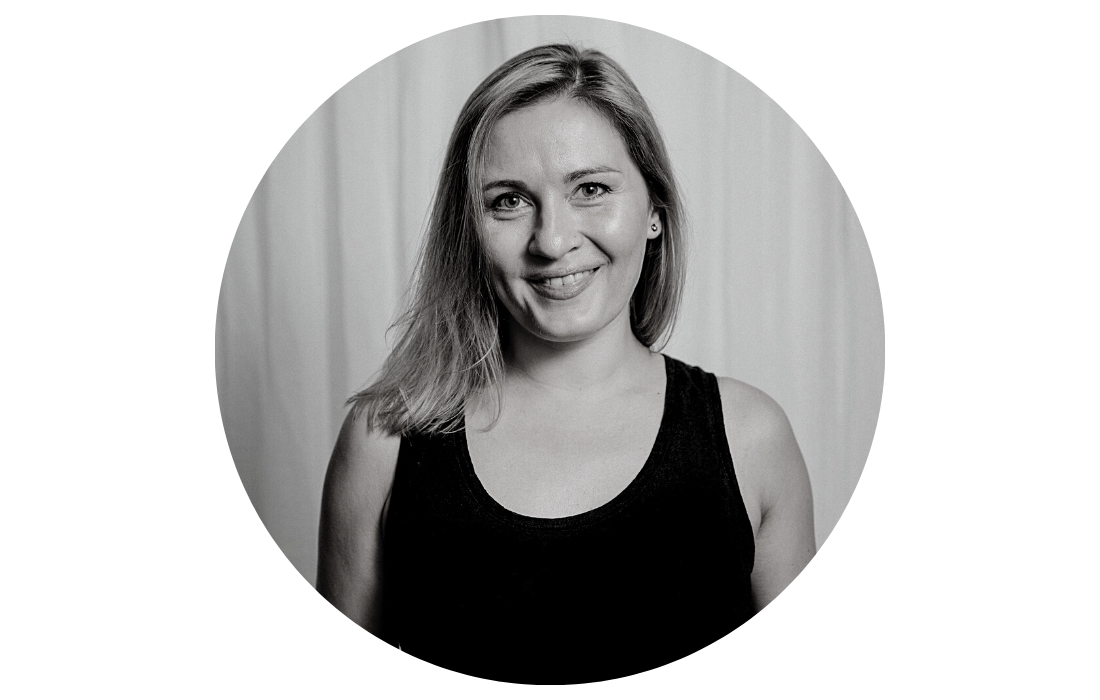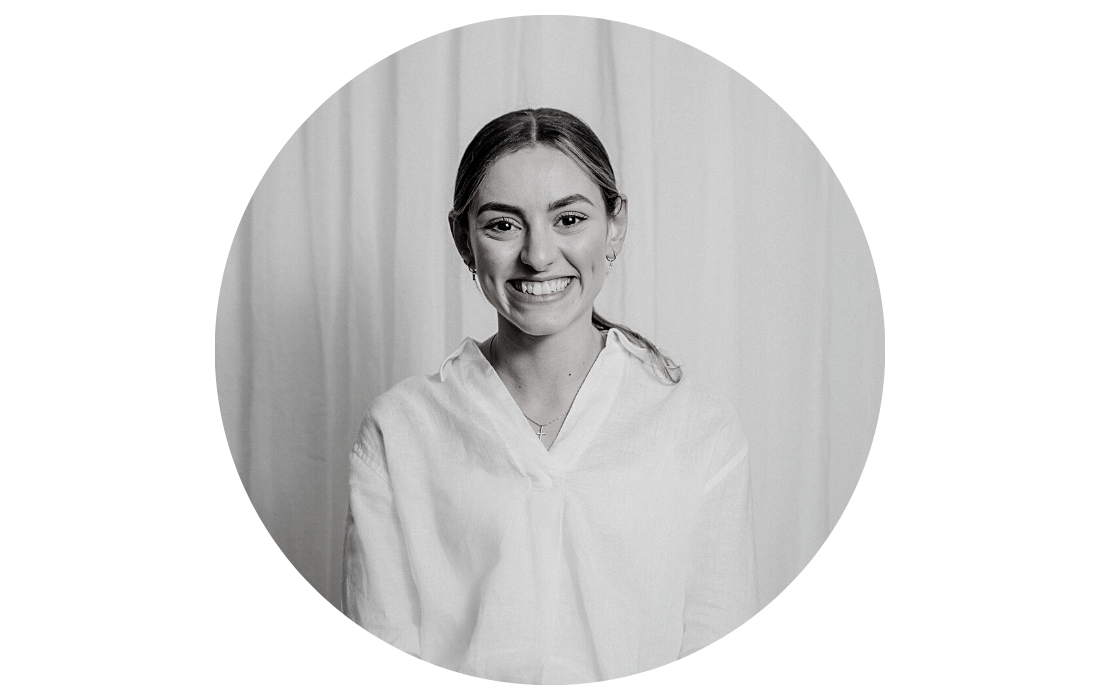Cervical Spondylosis Physiotherapy Brisbane southside.
What is Cervical Spondylosis?
Cervical spondylosis, also known as cervical osteoarthritis or neck arthritis, is a degenerative condition that affects the cervical spine (neck). It is characterised by the wear and tear of the spinal discs and the joints between the cervical vertebrae, which can lead to a range of symptoms.
What causes Cervical Spondylosis?
Cervical spondylosis is primarily a result of age-related degeneration. Over time, the spinal discs lose water content and become less flexible, while the joints between vertebrae (facet joints) can develop osteoarthritis. Other factors that may contribute to cervical spondylosis include a history of neck injuries, smoking, genetic predisposition, and poor posture.
What are the symptoms of Cervical Spondylosis?
The symptoms of cervical spondylosis can vary but often include:
How is Cervical Spondylosis diagnosed?
Diagnosis typically involves:
What is the treatment for Cervical Spondylosis?
Treatment options for cervical spondylosis may include:
What is the prognosis for Cervical Spondylosis?
The prognosis for cervical spondylosis varies from person to person and depends on the severity of degeneration, the effectiveness of treatment, and individual factors. Many people experience significant relief with conservative treatments, while others may require surgical intervention.
How is Cervical Spondylosis prevented?
To reduce the risk of cervical spondylosis, individuals can:
How can physiotherapy help with Cervical Spondylosis?
Physiotherapy can play a significant role in the management of cervical spondylosis by addressing pain, improving mobility, and promoting long-term neck health. The goals of physiotherapy for cervical spondylosis include reducing symptoms, increasing strength and flexibility, improving posture, and preventing further deterioration. Here's how physiotherapy can help with cervical spondylosis:
Individuals with cervical spondylosis should consult with a healthcare provider, such as a physiotherapist, for a thorough evaluation and personalised treatment plan. Early intervention and adherence to recommended exercises and lifestyle modifications can significantly improve outcomes for those with cervical spondylosis.
If you or a loved one has questions about Cervical Spondylosis and how our physiotherapists might be able to help please call us on 07 3706 3407 or email [email protected]. We would love to work with you!
Cervical spondylosis, also known as cervical osteoarthritis or neck arthritis, is a degenerative condition that affects the cervical spine (neck). It is characterised by the wear and tear of the spinal discs and the joints between the cervical vertebrae, which can lead to a range of symptoms.
What causes Cervical Spondylosis?
Cervical spondylosis is primarily a result of age-related degeneration. Over time, the spinal discs lose water content and become less flexible, while the joints between vertebrae (facet joints) can develop osteoarthritis. Other factors that may contribute to cervical spondylosis include a history of neck injuries, smoking, genetic predisposition, and poor posture.
What are the symptoms of Cervical Spondylosis?
The symptoms of cervical spondylosis can vary but often include:
- Neck pain and stiffness, which may radiate to the shoulders and upper back.
- Headaches, especially at the base of the skull.
- Numbness, tingling, or weakness in the arms or hands.
- Reduced range of motion in the neck.
- Muscle spasms in the neck and shoulders.
- Difficulty with balance and coordination.
- Changes in reflexes.
- In severe cases, it can lead to spinal cord compression, resulting in more serious neurological symptoms.
How is Cervical Spondylosis diagnosed?
Diagnosis typically involves:
- Medical history: Including a description of symptoms and any relevant injuries.
- Physical examination: To assess muscle strength, reflexes, and range of motion.
- Imaging studies: Such as X-rays, magnetic resonance imaging (MRI), or computed tomography (CT) scans to visualise the spine and confirm the presence and extent of cervical spondylosis.
What is the treatment for Cervical Spondylosis?
Treatment options for cervical spondylosis may include:
- Conservative treatment: This often includes rest, physical therapy, and pain management with medications such as non-steroidal anti-inflammatory drugs (NSAIDs) or muscle relaxants.
- Physical therapy: To strengthen the neck muscles, improve posture, and enhance range of motion.
- Epidural steroid injections: These may be used to reduce inflammation and relieve pain.
- Lifestyle modifications: Such as maintaining good posture, avoiding activities that strain the neck, and regular exercise.
- Surgical intervention: In severe cases with spinal cord compression or other neurological deficits, surgery may be recommended to decompress the spine or stabilise it.
What is the prognosis for Cervical Spondylosis?
The prognosis for cervical spondylosis varies from person to person and depends on the severity of degeneration, the effectiveness of treatment, and individual factors. Many people experience significant relief with conservative treatments, while others may require surgical intervention.
How is Cervical Spondylosis prevented?
To reduce the risk of cervical spondylosis, individuals can:
- Practice good posture.
- Avoid smoking.
- Maintain a healthy lifestyle, including regular exercise.
- Be cautious with activities that involve repetitive neck movements or heavy lifting.
How can physiotherapy help with Cervical Spondylosis?
Physiotherapy can play a significant role in the management of cervical spondylosis by addressing pain, improving mobility, and promoting long-term neck health. The goals of physiotherapy for cervical spondylosis include reducing symptoms, increasing strength and flexibility, improving posture, and preventing further deterioration. Here's how physiotherapy can help with cervical spondylosis:
- Pain Management: Physiotherapists can use various modalities, such as heat therapy, cold therapy, ultrasound, or electrical stimulation, to help alleviate pain and reduce inflammation in the affected area.
- Manual Therapy: Hands-on techniques such as massage, joint mobilisation, and manipulation may be used to relieve muscle tension, improve joint mobility, and reduce pain in the neck and surrounding areas.
- Exercise Prescription: Physiotherapists design personalised exercise programs to strengthen the muscles that support the neck and cervical spine. These exercises can improve posture, enhance stability, and reduce strain on the spine. Exercise options may include:
- Neck and shoulder stretches to increase flexibility.
- Strengthening exercises for the neck, upper back, and core muscles.
- Range of motion exercises to improve cervical spine mobility.
- Postural correction exercises to maintain proper alignment.
- Cervical Traction: In some cases, cervical traction may be used to gently stretch the neck and relieve pressure on the spinal discs. This can help reduce pain and improve mobility.
- Ergonomic Education: Physiotherapists provide guidance on proper workplace ergonomics and daily activities to minimise strain on the neck. This includes advice on desk setup, chair positioning, and lifting techniques.
- Postural Training: Poor posture can contribute to the development and exacerbation of cervical spondylosis. Physiotherapists work with patients to correct postural issues and promote better alignment of the neck and spine.
- Core Strengthening: Strengthening the core muscles can provide better overall stability to the spine and reduce the risk of further strain or injury.
- Activity Modification: Physiotherapists help patients identify and modify activities that may exacerbate symptoms. Teaching adaptive techniques and suggesting lifestyle adjustments can minimise strain on the neck.
- Home Exercise Program: Patients are typically given a customised home exercise program to continue their rehabilitation independently. Consistent adherence to these exercises is essential for long-term recovery and symptom management.
- Education and Self-Management: Physiotherapists educate patients about cervical spondylosis, its causes, and strategies for preventing symptoms. They also teach self-management techniques, including exercises and lifestyle modifications to maintain neck health.
Individuals with cervical spondylosis should consult with a healthcare provider, such as a physiotherapist, for a thorough evaluation and personalised treatment plan. Early intervention and adherence to recommended exercises and lifestyle modifications can significantly improve outcomes for those with cervical spondylosis.
If you or a loved one has questions about Cervical Spondylosis and how our physiotherapists might be able to help please call us on 07 3706 3407 or email [email protected]. We would love to work with you!
Who to book in with:
Yulia Khasyanova
|
Emma Cameron
|
Monica Hanna
|



